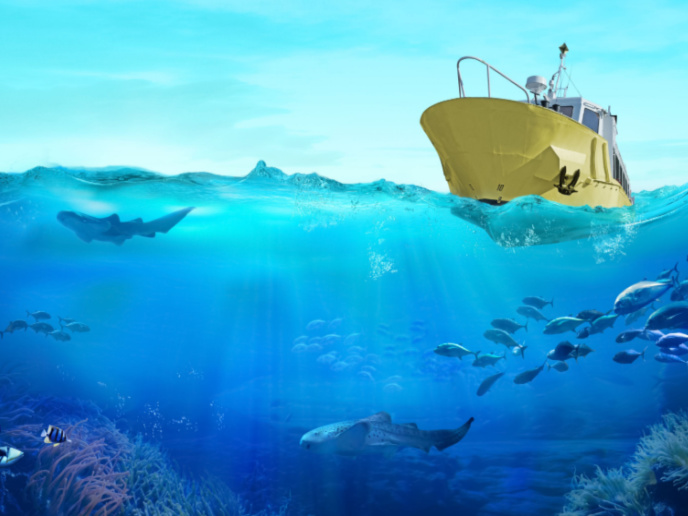Impact of climate change on rare species
As part of the Marie Skłodowska-Curie Individual Fellowships grant scheme, the EU-funded Horizon 2020 EVOLMARIN project investigated the relationship between species tolerance, plasticity and patterns of geographic distribution. Researchers aimed to more reliably predict marine ectotherm (cold-blooded) persistence under scenarios of ocean warming and acidification. Marine biologists compared the capacity for trans-generational changes and rapid adaptation in rare and common sea bottom-living species from coastal habitats, specifically bristle worms (polychaetes). Researchers also modelled the species’ physiological and reproductive performance as a habitat suitability index. Scientists found that rare species are more sensitive than common species to even small shifts in environmental conditions, and thus more susceptible to climate change. As these rare species play a key role in ecosystems with high levels of biodiversity, their responses will define the structure and function of future ecosystems. Greater vulnerability Results showed that the rare species group was physiologically more vulnerable to ocean warming due to reduced tolerance to higher temperatures. “Rare species were unable to thrive and continue to the next generation when temperatures were raised to values mimicking ocean warming, suggesting that transgenerational phenotypic adjustments or rapid adaptation may not help rescue this group,” says researcher Dr Gloria Massamba N’Siala. Conversely, common species persisted for multiple generations under all scenarios. “Temperature increase was the main driver of the species’ responses, while pH decrease did not affect their performance, probably because they are already used to coping with pH variations in their natural environment,” explains Dr Massamba N’Siala. Projections based on species' physiological thermal tolerance limits and reproductive performances under ocean warming scenarios, showed a global increase in thermal habitat suitability in all species, particularly toward higher latitudes. “On the other hand, they highlight a loss of thermally suitable habitats for some of the rare species in the southern range of their potential distribution,” Dr Massamba N’Siala observes. Furthermore, rare species tend to live closer to or at their optimal temperatures for reproductive performance in future scenarios. Hence, they face a higher risk of decline if warming rates continue in the following centuries. According to Dr Massamba N’Siala: “Even small temperature increases beyond the thermal optimum, could cause rare species to rapidly decrease, potentially resulting in the loss of marine biodiversity.” Importance in ecosystem protection EVOLMARIN findings clearly highlighted the greater sensitivity of rare species under scenarios of ocean warming, offering a mechanistic understanding of the patterns underlying commonness and rarity in marine ectotherms from coastal habitats. Given the increasing evidence on the importance of rare species in supporting unique ecosystem functions, their higher sensitivity to ocean warming represents a threat to the integrity of ecosystems and the services they provide. The patterns shown by EVOLMARIN identify not only priority targets for biodiversity conservation, but also which regions will be worst hit by changes to the oceans. “Given the complexity and variety of responses, the impossibility of testing every single species, and the limits of any experimental approach, it is crucial to provide evidence based on case studies for patterns of response to global change to help guide decisions concerning biodiversity conservation,” concludes Dr Massamba N’Siala.







